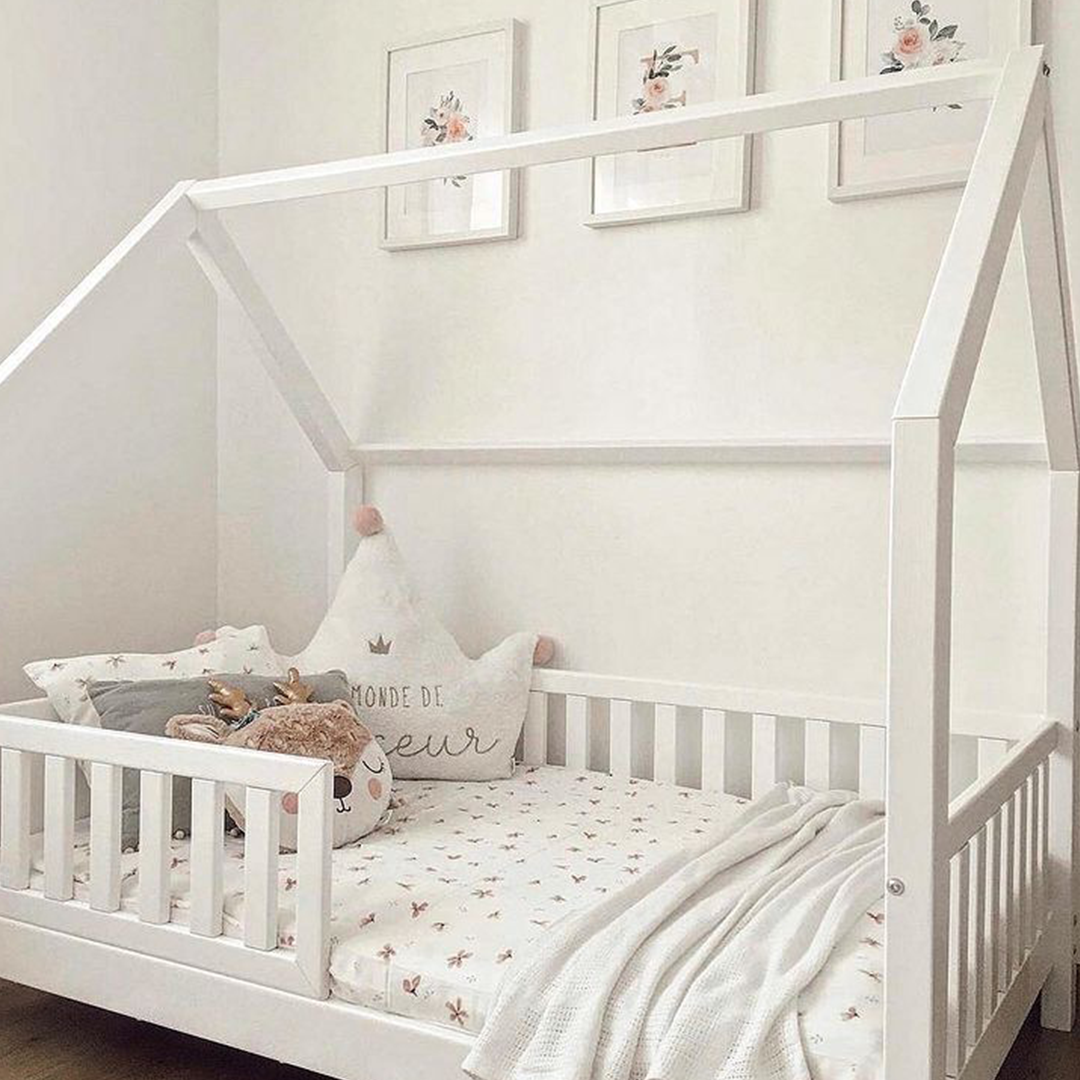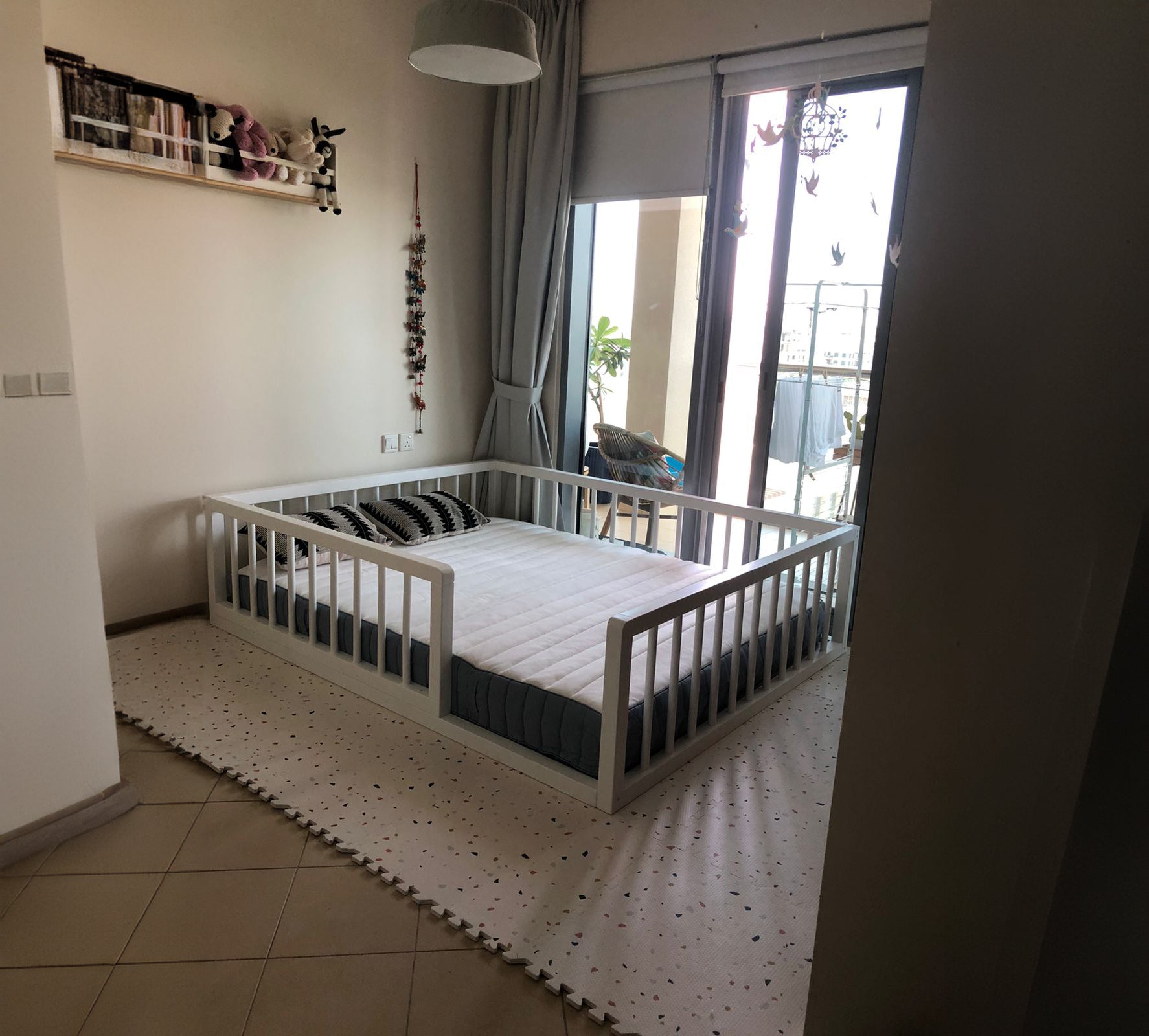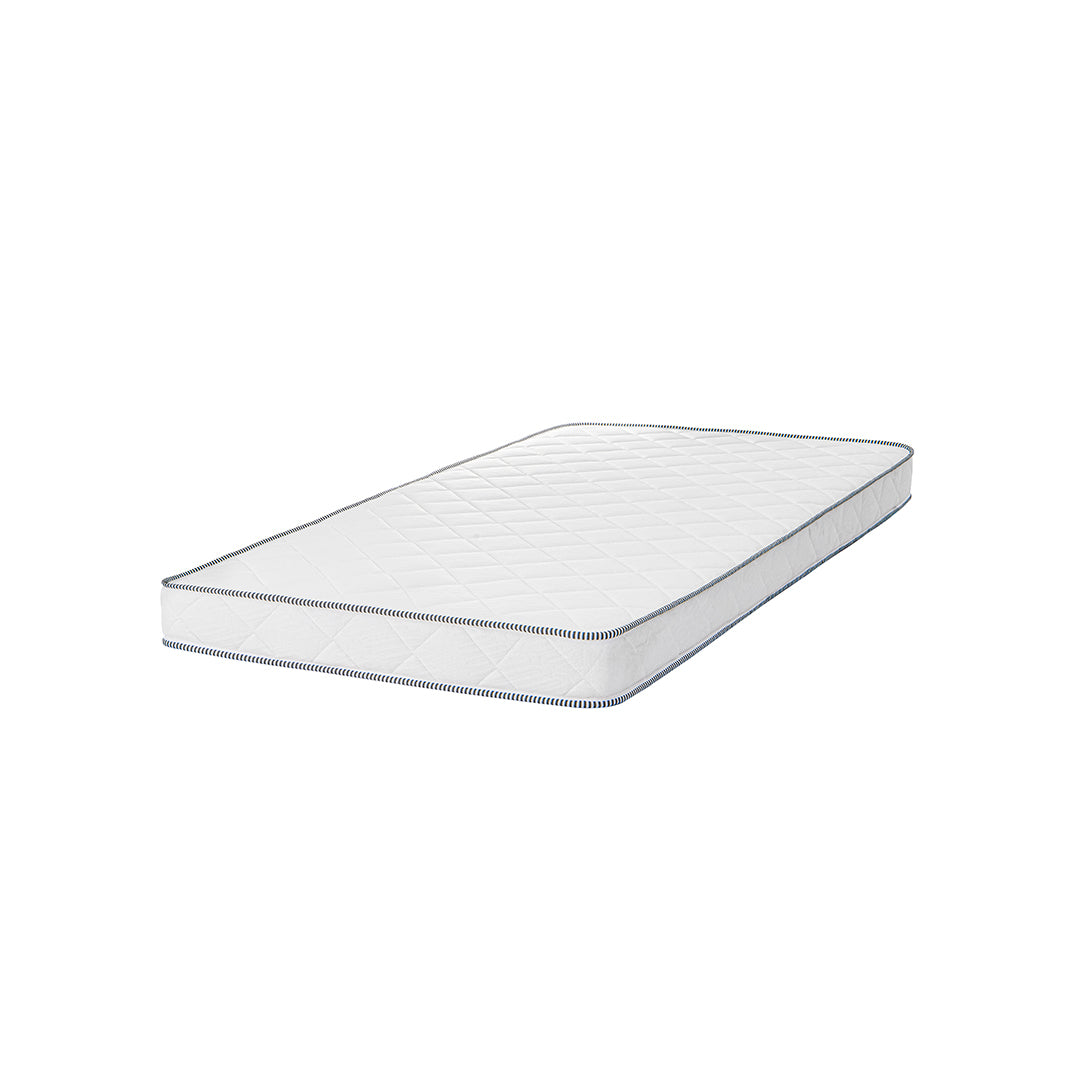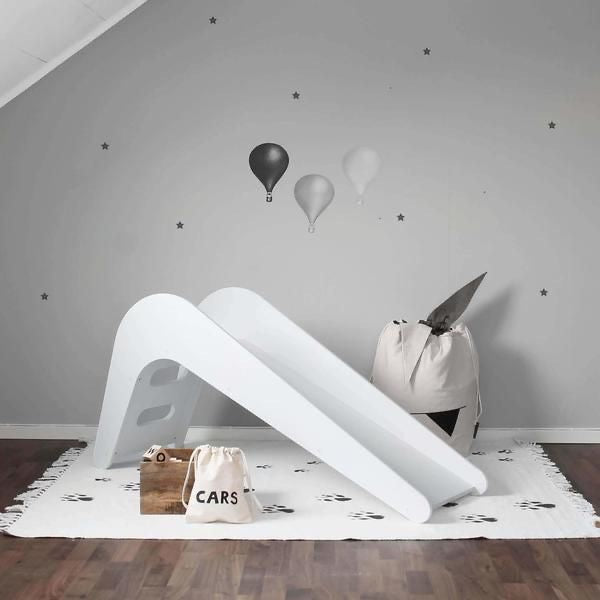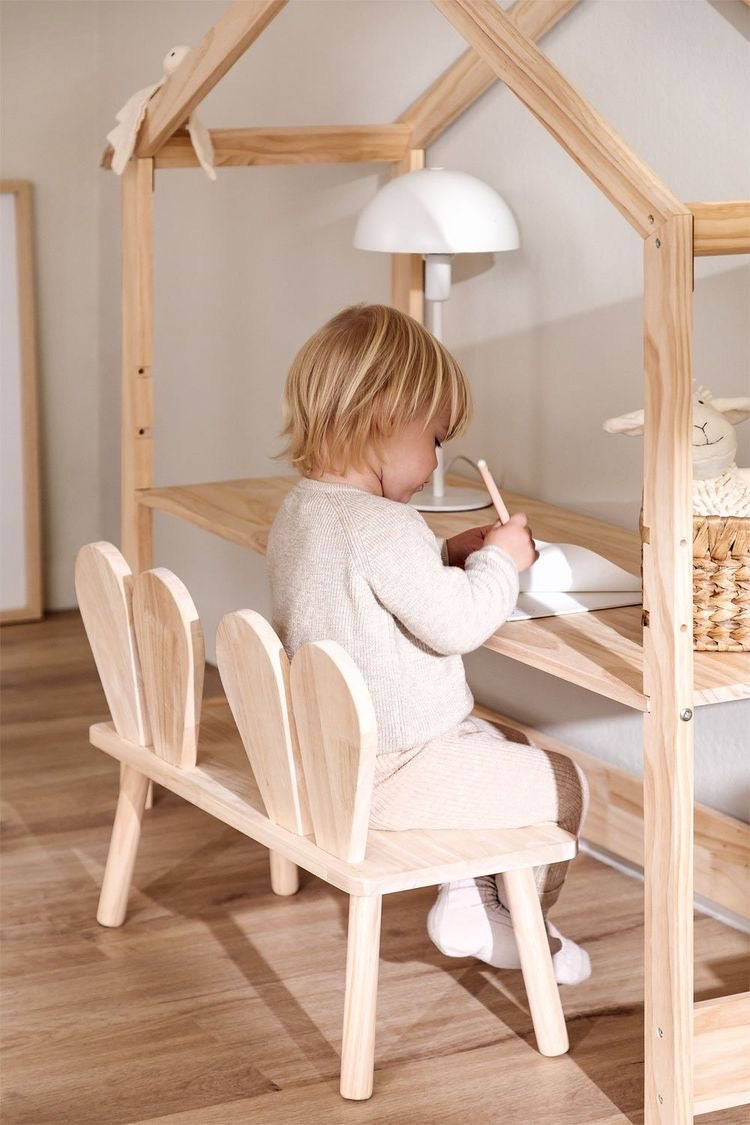How to Create a Fun and Engaging Small Playroom Design
A child’s playroom is more than just a place to store toys. It's a space where creativity flourishes, imagination takes center stage, and endless adventures unfold. However, designing a functional and visually appealing playroom in a small space can feel like a challenge. With limited room, every inch counts, making smart planning essential.
The good news? A well-thought-out small playroom design can be just as exciting and engaging as a larger one. With the right layout, storage solutions, and playful elements, you can create a space that encourages fun while keeping clutter under control. Whether you’re working with a dedicated playroom or carving out a corner in a bedroom or living area, here are some practical ideas to transform even the tiniest space into an inviting play zone.
Create a Fun and Engaging Small Playroom Design
1. Maximize Vertical Space
When working with a small room, thinking beyond floor space is key. Instead of relying solely on bulky furniture, make use of vertical storage to keep the area organized and spacious. Install floating shelves, wall-mounted cubbies, or pegboards to store books, toys, and craft supplies.
Another great trick is using wall organizers with pockets for smaller items like coloring books and stuffed animals. This keeps essentials within reach while ensuring the floor remains clear for playtime.
2. Choose Multi-Functional Furniture
Every piece of furniture in a small playroom design should serve more than one purpose. A storage ottoman, for example, provides seating while keeping toys hidden inside. Foldable tables and stackable chairs allow you to set up an arts-and-crafts station when needed and tuck them away when playtime is over.
For shared spaces, consider a daybed or bunk beds for kids with built-in storage. This provides a comfortable place to rest while doubling as a play area. Plus, some bunk beds come with desks or cozy reading nooks underneath, maximizing functionality without taking up extra space.
3. Create Defined Play Zones
Even in a small room, dividing the space into different "zones" can make it feel more structured and engaging. Instead of a random pile of toys, designate specific areas for different activities:
-
Reading Nook: A small bookshelf, a floor cushion, and soft lighting can create a cozy reading corner.
-
Creative Corner: A child-sized desk with art supplies stored in baskets makes it easy to switch between crafts and homework.
-
Active Play Area: Leave an open space for movement-based activities like building blocks, mini trampolines, or pretend play.
By clearly defining these areas, kids will know where everything belongs, making clean-up time much easier.
4. Use Smart Storage Solutions
Clutter can quickly overwhelm a small playroom, so effective storage is a must. Look for bins, baskets, and cubbies that fit under furniture or along walls. Transparent storage boxes make it easy for kids to find what they need, while labeled bins encourage organization.
If your playroom includes bunk beds for kids, consider designs with built-in drawers or shelves. This way, toys, books, and even extra bedding can be neatly tucked away without taking up additional space. Wall-mounted hooks and over-the-door organizers also help keep things off the floor while remaining accessible.
5. Pick Space-Enhancing Colors and Decor
Color has a huge impact on how spacious a room feels. Lighter shades like white, pastels, or soft neutrals make a small room appear larger and brighter. You can add pops of color through wall decals, rugs, or cushions to create a lively and inviting atmosphere.
Mirrors are another clever way to enhance the sense of space. A well-placed mirror reflects light and makes the room feel more open. You can also use wallpaper with vertical stripes or geometric patterns to give the illusion of height and depth.
6. Incorporate Interactive Wall Elements
When floor space is limited, turning walls into interactive play areas can make a big difference. Some fun ideas include:
-
Chalkboard or Whiteboard Wall: A great way for kids to express creativity without needing extra furniture.
-
Magnetic Wall: Perfect for educational games, alphabet letters, or even a rotating art display.
-
Climbing Wall or Activity Panels: If your child loves movement, small climbing grips or sensory activity boards can provide endless fun.
Not only do these elements save space, but they also keep kids engaged in imaginative play.
7. Choose the Right Playroom Rug
A rug does more than just make a room look cozy—it also defines the play space and adds comfort for floor-based activities. Choose a durable, easy-to-clean rug with soft textures to create a warm and inviting area.
Opt for a rug with playful patterns, such as roads, animals, or alphabet letters, to make it part of the play experience. This small addition can make a big difference in tying the room together.
8. Invest in Foldable or Stackable Play Items
Instead of filling the room with bulky furniture or toys, look for foldable or collapsible play items. Pop-up tents, stackable storage cubes, and collapsible playhouses can be easily set up for play and packed away when not in use.
If you have bunk beds for kids, look for options with detachable play features, like a slide or small tent underneath. This way, the sleeping area can double as a play zone during the day, making the most of every inch of space.
9. Add Personalized Touches
A playroom should feel special and unique to your child. Add personal elements like framed artwork, name signs, or DIY crafts to make the space more inviting. Allow your child to help decorate by choosing colors, wall decals, or stickers to make it truly their own.
Hanging fairy lights or glow-in-the-dark stars on the ceiling can add a magical touch without taking up extra space. The goal is to create a room that sparks joy and creativity while still being functional.
10. Keep It Flexible for Growth
As kids grow, their interests and play habits change. A successful small playroom design should be adaptable to different stages of childhood. Choose storage and furniture that can grow with your child, such as adjustable shelving, modular storage units, or a loft bed that transitions into a study area.
This flexibility ensures that the space remains useful and engaging for years to come, saving you from frequent redesigns and unnecessary clutter.
Creating a Playroom That Inspires Fun and Creativity
Designing a small playroom design doesn’t mean sacrificing fun or functionality. With the right approach, you can create a space that encourages creativity, play, and learning—no matter the size. By using smart storage, multi-purpose furniture, and playful design elements, you can make even the tiniest playroom feel open and inviting.
Whether you incorporate bunk beds for kids, foldable furniture, or interactive wall features, the key is to balance organization with excitement. A well-designed playroom grows with your child, fostering their imagination while keeping the space neat and manageable.
With these ideas in mind, you’re ready to transform your small space into a playroom that’s full of possibilities!


